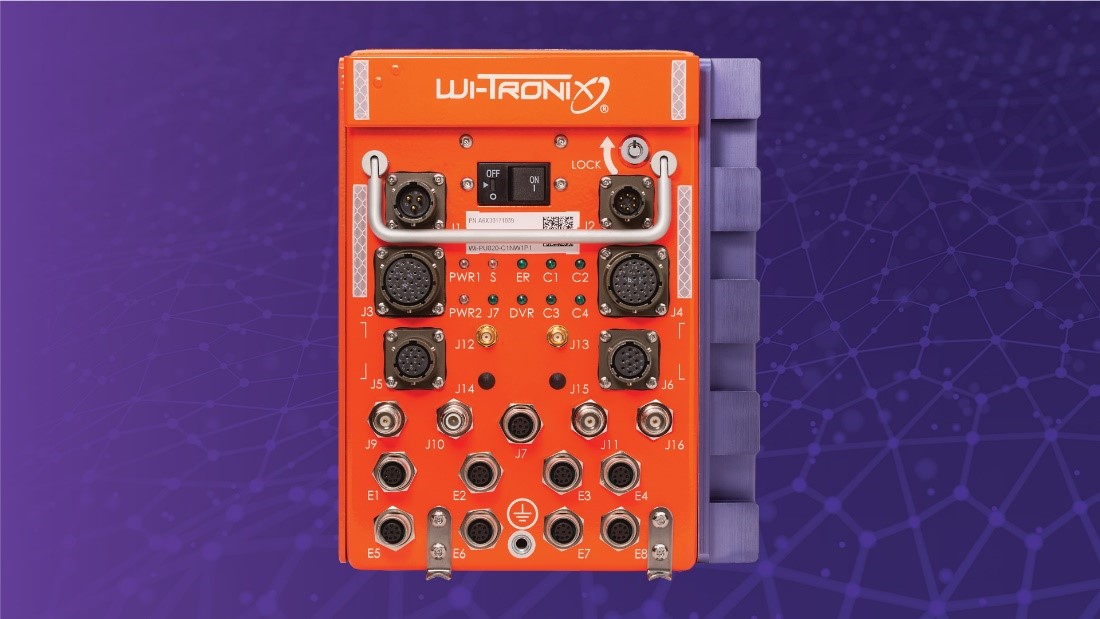An Event Recorder is Not Enough: Software, Data Collection, and the Future of Rail
September 7, 2022

There’s a famous computer scientist named Alan Kay. He knew you’d be reading this on your laptop or smartphone long before they existed.
A visionary software developer and inventor, Kay became known as “the father of personal computing” for drawing an explicit connection between operating systems and devices:
“People who are really serious about software should make their own hardware,” he said.
In rail, the reverse is true, too. People who are really serious about hardware should make their own software. A custom software platform turns an average event recorder into a sophisticated, universal data collection device.
An event recorder is not enough
Think back to the first time you bought a smartphone. It was a mammoth upgrade. With an old Nokia Brick, you essentially could do one thing well: make phone calls. But with an iPhone (and smartphones that followed), you could make calls, play music, take photos, get directions, leave restaurant reviews, and check email (just to name a few).
The iPhone was a cool-looking device, but the true showstopper was the operating system that enabled all those functionalities. The software was compatible with third party applications, like Google Maps and Yelp, and connected, which meant you could use it anywhere. The software is what made the device useful.
In rail, we’re at a similar inflection point. Standard event recorders are the Nokia Bricks of rail technology today. They do one thing well — collect information — but lack an operating system with connectivity, compatibility, and additional functionality.
Safe and efficient railways need rugged devices backed by a powerful platform. This is the future of rail.
A software platform for universal data collection
We like to call these robust collection devices “universal data recorders.” A universal data recorder executes the traditional functions of an event recorder. But unlike standard hardware, a connected software platform bolsters the device’s capabilities.
Take Violet Platform, which powers our universal data recorder, Violet Edge. Violet Platform runs applications that give shape to the myriad of data points locomotives and passenger vehicles generate. For example, the platform can identify which mile marker a locomotive just passed, just like Google Maps on a smartphone. It can also let you know when trains are idling excessively, which passenger car door won’t open, and track your operator’s attentiveness.
Expansive functionality is a clear advantage to the software-first approach to rail data collection. It also positions rail systems to meet head on the industry’s biggest challenge: the slow pace of innovation. Adopting a platform enables railways to respond quickly to incidents and inefficiencies, with custom engineering support and frequent software updates.
Serious software for stable hardware
At Wi-Tronix, we firmly believe software is the future of rail innovation. It transforms event recorder hardware into an advanced universal data collection device, ensuring the world’s railways are safe, efficient, and sustainable.
